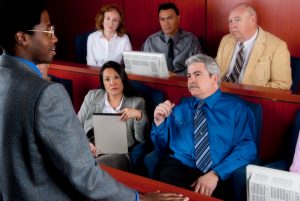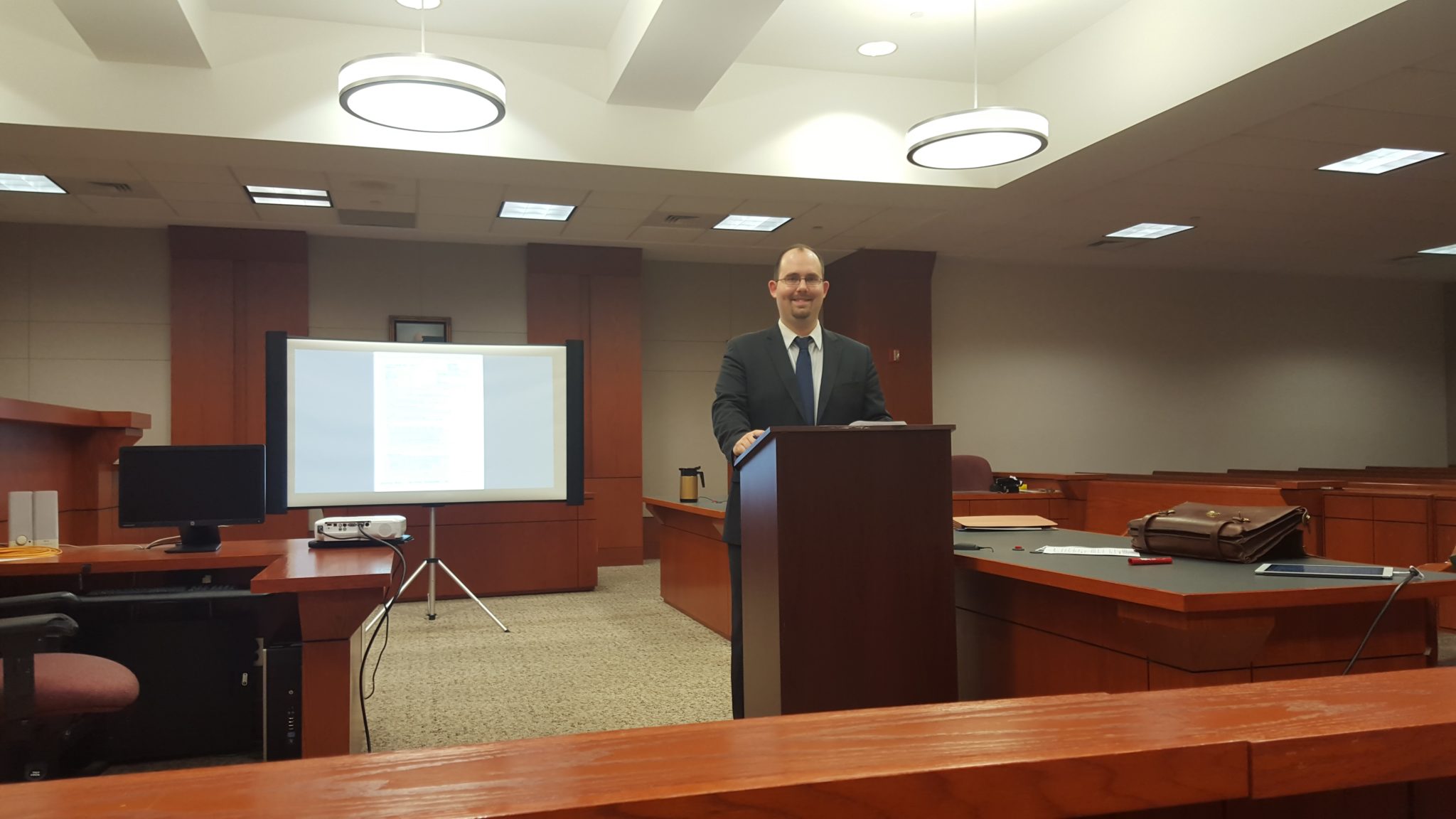Navigating the Intricacies of Trial Presentations: Tips for Seamless Distribution and Compelling Arguments
In the world of legal proceedings, the art of trial presentation stands as an essential component of success. The complexities integral in test presentations need a fragile balance of skill, skill, and method.

Understanding Trial Goals
To properly navigate a trial, it is important to have a clear understanding of the objectives that need to be achieved. Before tipping right into the court room, lawful teams must define their goals and preferred results. These purposes work as leading principles throughout the trial, shaping strategies and influencing decision-making procedures.
Comprehending trial purposes includes a thorough analysis of the case, legal precedents, and the customer's benefits. Trial Presentations. It requires a meticulous examination of the truths, recognizing vital concerns, and preparing for possible obstacles. By establishing certain and quantifiable goals, attorneys can customize their presentations and arguments to align with the desired outcomes
In addition, a clear understanding of trial objectives enables lawful groups to prioritize evidence, witnesses, and legal debates properly. It permits the advancement of a coherent story that reverberates with the discretionary, reinforcing the general case discussion.

Organizing Proof Properly
Having a clear understanding of test goals lays the foundation for organizing proof successfully in legal proceedings - Trial Presentations. By straightening the discussion of evidence with the desired end results of the test, legal groups can enhance their disagreements and enhance their persuasiveness. One crucial facet of organizing evidence is classification. Grouping proof based upon themes or importance to certain legal components can assist improve the discussion and make complicated information extra digestible for the court or jury.
Another key aspect in organizing evidence effectively is establishing a sensible flow. Offering evidence in a meaningful and sequential manner can aid build a compelling story that supports the legal debates being made. Additionally, making use of visual aids such as timelines, graphes, or graphs can further improve the company of evidence and help in clearing up intricate relationships or series of occasions.
Furthermore, guaranteeing that all proof offered is permissible and appropriate to the situation is necessary. Inadmissible or unnecessary proof can interfere sites with the strength of the disagreement and possibly hurt the trustworthiness of today party. A thorough evaluation and choice process need to be carried out to include just the most impactful and legitimately audio proof in the trial discussion.
Crafting Convincing Narratives
Crafting engaging stories plays a pivotal role in presenting influential disagreements during lawful process. When constructing a story for a test presentation, it is important to establish a clear story that highlights crucial points and links them in a meaningful manner. By weaving together proof, testimony, and lawful debates right into a convincing and natural narrative, legal specialists can properly advocate for their customers and increase the likelihood of a beneficial outcome in the courtroom.
Grasping Visual Help
Reliable use of aesthetic help is key to enhancing the influence and quality of trial discussions. Aesthetic aids, when utilized strategically, have the power to simplify complex information, reinforce bottom lines, and leave a lasting perception on the discretionary. To understand visual help in test presentations, it is crucial to make sure that they are clear, concise, and appropriate to the disagreements being made.
When including aesthetic aids, such as charts, graphs, photos, or timelines, right into a trial discussion, it is necessary to keep them aesthetically appealing yet specialist. The visuals should match the spoken arguments, giving an aesthetic depiction of the information being talked about without frustrating the target market with unneeded information.
In addition, exercising with the aesthetic aids beforehand is important to guarantee a seamless shipment throughout the trial. Acquainting oneself with the web content, shifts, and timings of each visual aid can aid preserve the circulation of the discussion and prevent important link technological problems that might occur.
Providing Impactful Closing Disagreements
An engaging closing disagreement offers as the end result of a test discussion, enveloping the core narrative and persuading the court and jury in the direction of a beneficial decision. Begin by detailing the primary debates that support your customer's setting, emphasizing why the proof presented throughout the trial supports your narrative.
In addition, incorporating psychological allure can even more reinforce your closing debate. Eventually, a well-crafted closing debate need to leave an enduring impression, engaging the judge and court to rule in your customer's favor.
Final Thought
To conclude, understanding trial presentations involves comprehending goals, arranging proof, crafting narratives, utilizing aesthetic help, and delivering impactful closing debates. By applying these techniques properly, legal representatives can provide their instance flawlessly and important link make engaging arguments in the court. It is crucial to navigate the complexities of test presentations with accuracy and skill to attain success in lawful process.
By aligning the discussion of evidence with the preferred outcomes of the trial, legal groups can reinforce their arguments and enhance their persuasiveness (Trial Presentations). To understand visual help in test presentations, it is essential to guarantee that they are clear, succinct, and relevant to the arguments being made
A compelling closing debate offers as the conclusion of a test discussion, encapsulating the core story and persuading the judge and court towards a positive decision. Begin by laying out the main arguments that support your customer's setting, emphasizing why the proof presented throughout the test sustains your story.In final thought, mastering trial discussions includes comprehending purposes, arranging evidence, crafting stories, making use of visual help, and supplying impactful closing arguments.